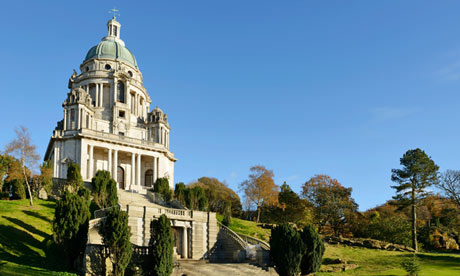
Charles Dickens, who stayed in Lancaster in 1857, wrote of a "pleasant place … in a charming landscape, a place with a fine ancient fragment of a castle, a place of lovely walks, a place possessing staid old houses". Much of this charm and history remains.
Lancaster castle, which dominates the town centre, is however far more than a "fragment", with its Norman keep, gateway, stunning courtrooms (open to the public) and prison cells (with the closure of the prison there are plans to develop the rest of it as a tourist attraction).
A fine collection of stone-built Georgian houses remains from Lancaster's heyday in the 18th century. The trade that generated this wealth is commemorated on St George's Quay with a memorial to the slave trade, an imposing customs house (now the Maritime Museum; lancashire.gov.uk) and a collection of fine Gillow mahogany furniture in the Judges' Lodgings museum, which also houses a museum of childhood.
The families who controlled the linoleum and baize industry in the Victorian era also left their architectural legacies. The Storey Institute has been reborn as a creative hub and arts centre (thestorey.co.uk), and from the Ashton memorial, the huge folly built by the "Lino King", James Williamson, in Williamson park, there are panoramic views of Morecambe Bay, the Forest of Bowland and the Lake District.
• What to see: Lancaster Castle and Judges' Lodgings (01524 64998, lancastercastle.com, adult £5, child £4)

